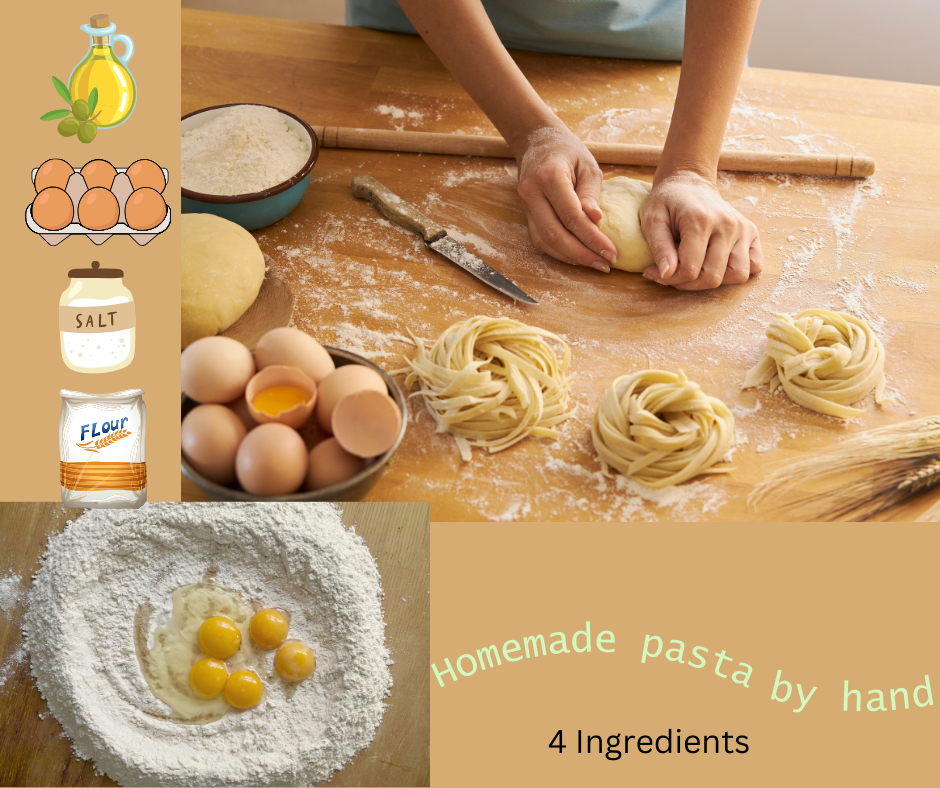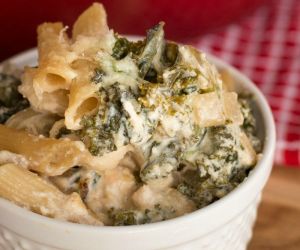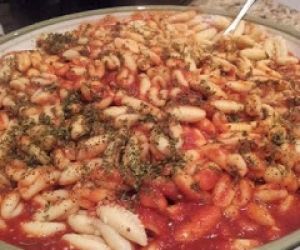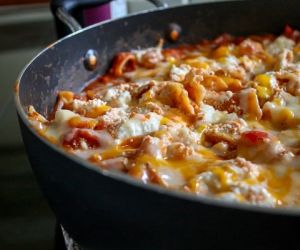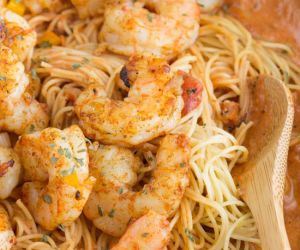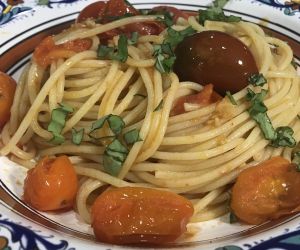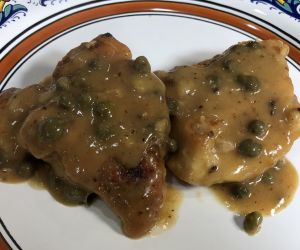Ingredients
- 2 3/4 cups all purpose flour
- 4 large eggs and 1 egg yolk
- 3 teaspoons olive oil
- 1/2 teaspoon salt
Recipe Description
I don't think there is anything I love more than pasta. Yes, I am Italian and my mom made pasta all the time but she never made homemade pasta. I had always wanted to learn and never bought a machine. Then I found this recipe and I LOVE IT. It is simple and the pasta taste great and you don't need a machine, just 4 ingredients.
Recipe Directions
Heap the flour into a pile on the countertop. Create a large well or crater in the center, big enough to hold the eggs and olive oil like a bowl. Place the eggs, yolk, olive oil and salt into the well. Use a fork to whisk together the eggs and oil.
Continue whisking the eggs, but begin pulling in bits of flour from inside the well. Use a stirring motion and go slowly to avoid any eggs breaking through the bowl of flour. (If the eggs break through your flour while mixing, don’t panic. Simply push some additional flour up against the break-through with your hand or with a bench scraper, and continue mixing).
Continue like this until the dough starts to come together and the eggs have been incorporated. The dough will be damp and chunky in some parts and loose in others. And the mixture will still be quite floury. That’s ok. Use your hands or a bench scraper to continue bringing the dough together. I scoop the damp and crumbled dough up with my bench scraper and cut it into the rest of the dough.
When the dough looks relatively cohesive but still a bit scraggly, form it into a ball, and knead for 10 minutes against the counter. The dough will be rough at first, but it should begin to tighten up and smooth out as you continue kneading.
If the dough sticks to your hands, dust the countertop with a little more flour. If the dough is too stiff, add a teaspoon of water. Add more water or flour, a teaspoon at a time, until you get the right texture.
In the end, you should have a soft, elastic dough that isn't sticky, and feels smooth like a baby’s bottom.
After an hour, continue to the next step, refrigerate the dough for the next day (no more than 24 hours), or freeze the dough.
(To freeze, wrap the ball of pasta dough tightly in plastic wrap. Then, set it inside a zip-top bag with the air squeezed out of it. No need for oil.)
When the dough has finished resting, shape it into a fat log and cut it into 5 or 6 equal sections. Leave one section out and re-wrap the others. (If you are working on a small counter, you can cut each piece in half again, so you are working with less dough.)
Flour your workspace well, and use your rolling pin to roll out the dough into a long strip. With each pass as you roll, lift the dough up, re-dust the counter beneath, and flip it over. When you’re finished, you should have a long, thin piece of dough. It should be just about paper thin, but strong enough to be lifted off of the countertop.
Dust the strip of dough with more flour. Starting with the short end, loosely fold like an accordion. (An accordion fold, like the one pictured here, helps prevent the dough from sticking to itself better than rolling it up like a cigar.)
Use a very sharp knife to cut the stack across the folds into thin strips. You can cut the strips as thin or as a thick as you prefer (like thin linguini or like wide fettuccine). But try to stay consistent with the width. Otherwise, the noodles will cook at different rates.
Unroll the bundle of noodles and lay them across your dining room table, kitchen island or the back of a chair. Let them dry for about 15 minutes.
-
Repeat with the rest of the dough:
Continue rolling out and cutting the rest of the pasta, until you've worked through all the dough.
-
Use or freeze the noodles:
At this point, the noodles will still be pliable, but dry. They can be used immediately or frozen for later.
If freezing, gather the noodles into several small, loose bundles. Be careful not to compress the noodles too much; it’s fine to just gather them together. Place the noodle nests on a well-floured baking sheet, then freeze. Once frozen, transfer the nests to a large zipper bag, and use as needed. Frozen noodles will keep for 9 months.
-
Cook the noodles:
Bring a pot of well-salted water to a boil. Add the fresh or frozen pasta and cook for 4 to 5 minutes, until chewy and al dente (taste one of the noodles to check). Serve with your favorite sauce.


